You’ve finally done it! You started your hand lettering journey! You’ve learned some basic strokes, written a few words and you are ready to create!
But, it’s just not the beautiful creation you envisioned.
So now what? How do you improve your hand lettering?
Well, you can probably guess some of what I’m going to tell you, right?
When babies start walking, they are wobbly and fall over a lot!
When kids begin to read, they start with sounds, then small words, then sentences, then books! And it takes awhile.
And the way that you improve your hand lettering is…
PRACTICE.
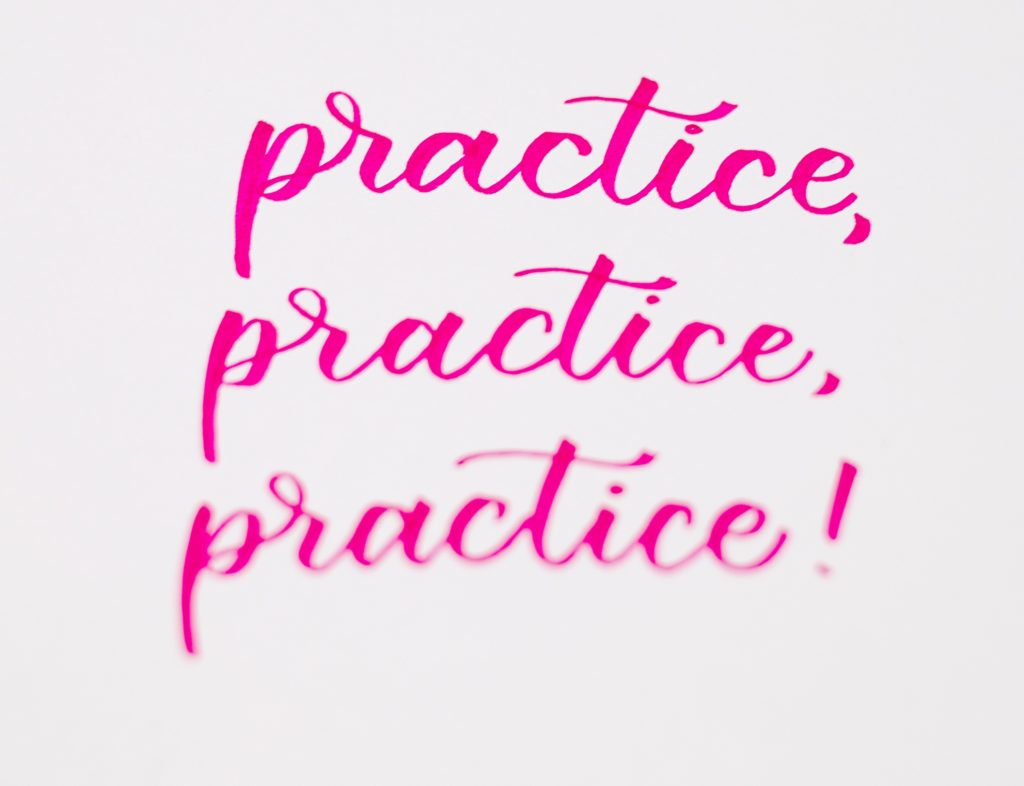
Big surprise.
Ok, but there are specific things that you can focus on as you are practicing. And by the way, you are working on building muscles and muscle memory, so to really improve your hand lettering, it is best to practice daily- even if it’s just a tiny bit. You also build a habit, which is helpful as you build your skills.
11 Ways to Improve Your Hand Lettering
Use guidelines.
There are tons of resources out there for you to use. I’ve used dot paper, regular writing paper, I’ve drawn lines, the options are endless. But if you truly want to see a difference in your hand lettering, using something to keep your words straight is a must. In fact, I think you’ll find that many pros use something to keep their lettering straight, especially when they are selling their work. It’s just good practice. And the end result looks uniform and beautiful!
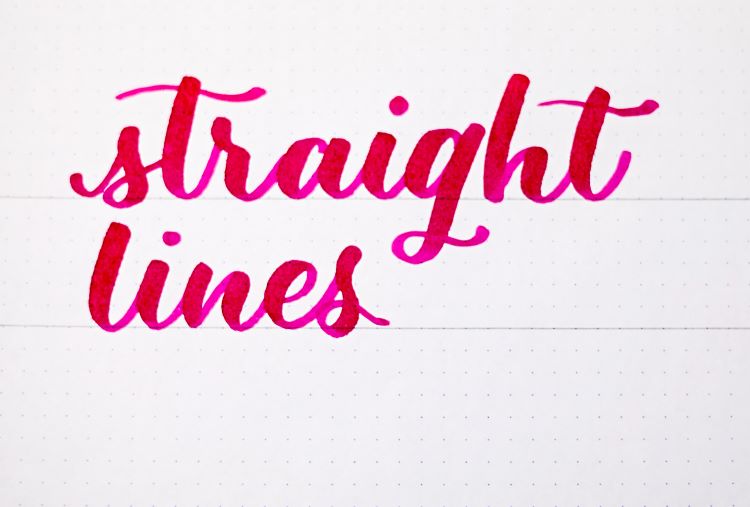
Sketch it first.
Lightly sketch what you want to write before laying down the ink. I must admit, I often have skipped this step, but especially when I am writing something longer, or within a drawing, I will sketch first. This is especially important if you are creating for someone else.
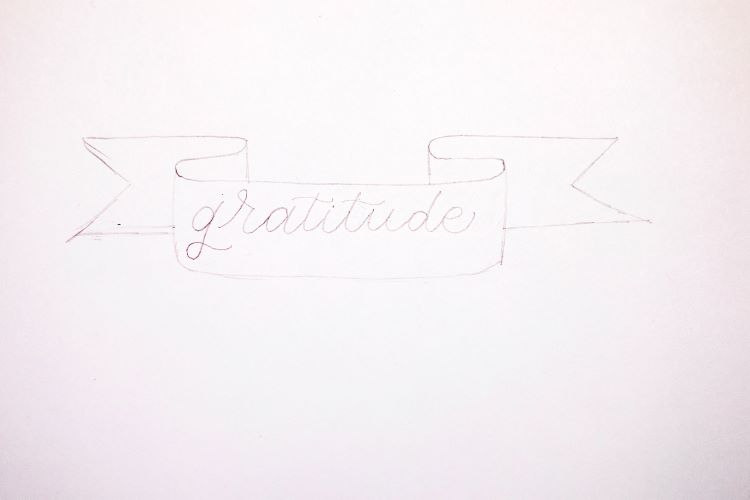

Choose the right tool.
Your pen matters, at least in the beginning. I started with some Crayola brush pens. The results weren’t horrible, but they weren’t great or confidence-inducing, either. The lines were wobbly and I was really unhappy with my work. So I switched to Crayola Supertips and Pentel touch pens. Both were much easier to control. And I still love them both!! Find what feels best to you. Finding a tool that you are comfortable with will go a long way in improving your hand lettering.
Observe others.
Honestly, much of my practice is copying what I see. I don’t share this with anyone, it’s just practice. But it helps me to create letters that I love. If you are unhappy with your letters, practice new ones. There are so many fabulous styles out there. Find someone’s work that you love and try to emulate them. As you get stronger, turn it into your own style. I find my inspiration on Pinterest and Instagram.
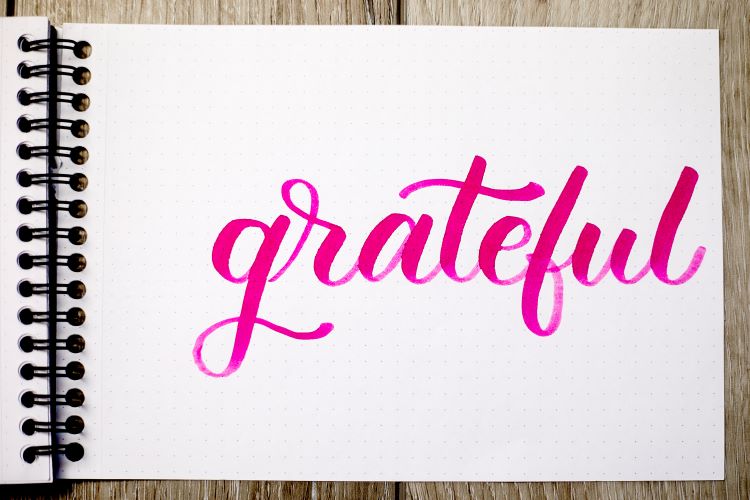
Experiment.
Branch out. Try different styles. I got into big chunky hand lettering with shadows and highlights. I still love it and create many pieces like that. But I found myself admiring smaller, longer writing passages and flourishes. Time to try them! It’s easy to get stuck in a rut, but the way to grow out of it is to try something new. And maybe mix styles, if that’s your thing! Make it fun!
Go back to the basics.
If you’re looking at your lettering and something looks or feels off, try going back to the basic strokes. Sometimes we just need a review to polish up and get back to a place where we feel good about what we are creating!
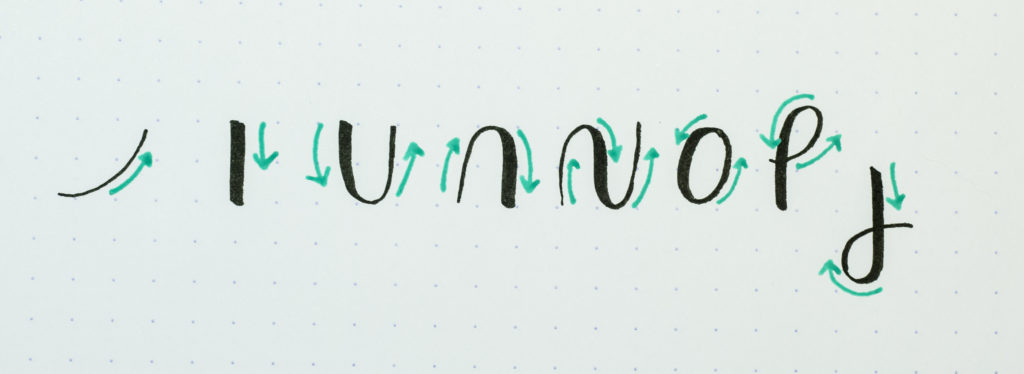
Get creative.
Having trouble finding time to practice? Write your grocery list in your favorite hand lettering style! Address letters (if you still do this!), write in a journal, write notes to your kids or a friend, write in your planner! Whenever you have to write something down, do it with hand lettering.
Give yourself some grace.
Why don’t you love your hand lettering? Is it because you’re looking at the awesome hand lettering of someone else? So, I did tell you to observe others, but don’t compare. I’ve purposely scrolled all the way back to the beginning of someone’s Instagram feed to see where they started or what their lettering used to look like. If that would make you feel better, then do that (just keep in mind that they may not have started documenting from the beginning. But I did! Go ahead and look at mine!)
Keep a record of where you started.
And to go with that, be sure to document your own progress. In the beginning, I saved all my work in a binder. Then I just started keeping some samples and occasionally posting one on Instagram so I could go back and see the difference. If you want to compare yourself to anyone, compare to yourself a month or two ago. You will be surprised at the progress you’ve made!
Pay attention to grammar and spelling.
This one is so simple it’s almost silly. Be sure you are spelling words correctly. I can’t tell you how many times I’ve stopped to admire someone’s hand lettering, only to find a spelling error. I mean, it’s not important that I like someone else’s work, but your eyes go immediately to the mistake forever after (especially if you are a teacher like me). If you plan on sharing your work, and spelling isn’t your strength, double-check your words before laying it down in ink.
Break the rules!
Finally, break the rules. That’s kind of what bouncy lettering is all about. You follow the rules initially and then break out of the mold a bit to find a style you are happy with. Maybe you mimic someone else’s, maybe you create your own! But the point is…
You create!
Bottom line
So there you have it. My tips for improving your hand lettering. Just remember to have fun with it!! Progress not perfection. If you are focusing on perfection, it will not be fun. I don’t love everything I create, but I love creating it! And that’s really the point.
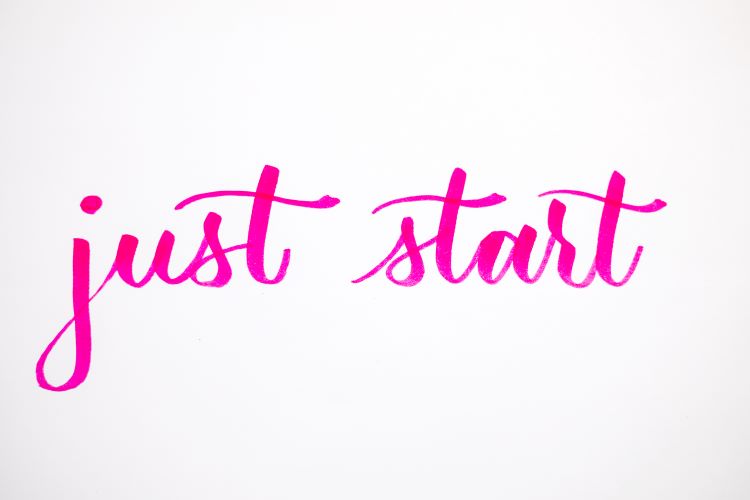
Need more information on how to begin hand lettering? Check out my post 5 Steps to Getting Started With Hand Lettering.
